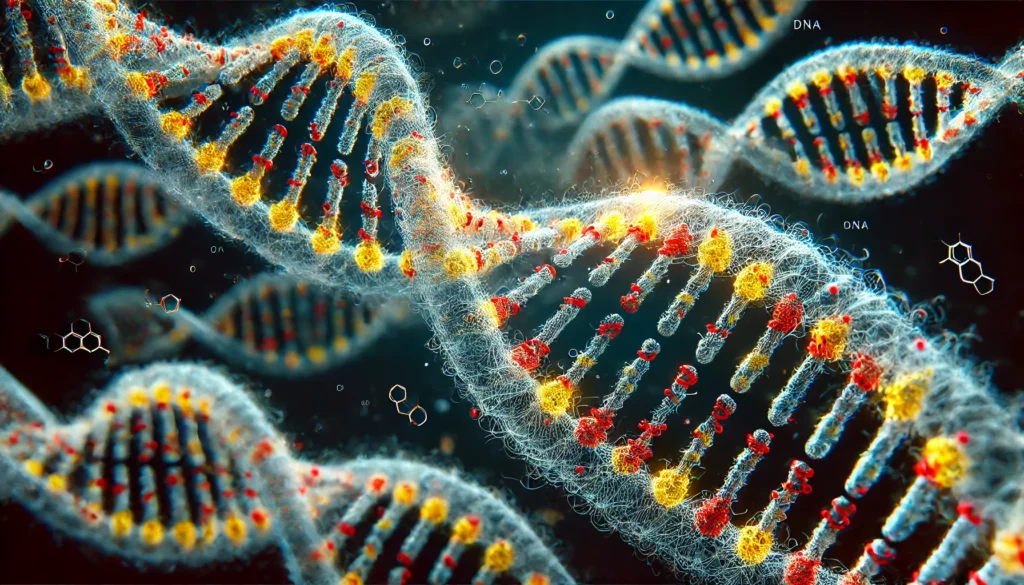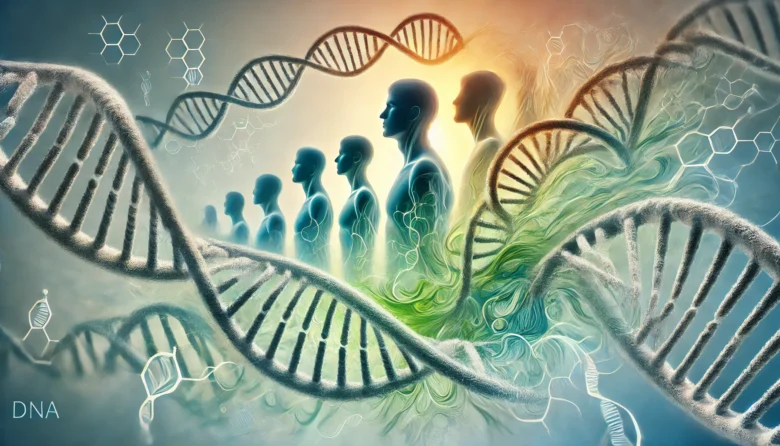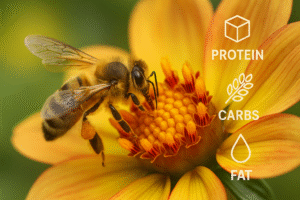Imagine receiving a family heirloom passed down through generations. Just like these treasured items, our genes carry information from one generation to the next, shaping who we are. But unlike a necklace or a watch, the inheritance of genes isn’t always a gift. Sometimes, this genetic information carries with it the blueprint for inherited diseases. In this blog, we’ll explore the role of genetics in inherited diseases, shedding light on how these conditions are passed down and what that means for you and your family.
Understanding Genetics: The Blueprint of Life
Before diving into inherited diseases, it’s essential to understand what genetics really means. Genes function as the blueprint for constructing and maintaining your body. They determine everything from your eye color to your height and, yes, sometimes even your health. Genes consist of DNA (Deoxyribonucleic Acid), a long molecule that holds our unique genetic information. We inherit half of our DNA from each parent, meaning our genetic makeup is a combination of theirs.
What Are Inherited Diseases?
Inherited diseases, also known as genetic disorders, are conditions caused by abnormalities in a person’s DNA. These abnormalities can be due to mutations (changes in the DNA sequence) or be passed down from one or both parents. Some of these diseases are relatively common, while others are rare and may only affect a small number of people.

There are different types of inherited diseases, including:
Single-gene disorders: These occur when a mutation affects one gene. Examples include Cystic Fibrosis (a condition affecting the lungs and digestive system) and Sickle Cell Anemia (a condition that affects red blood cells).
Chromosomal disorders: These occur when chromosomes (the structures that hold our genes) are missing, extra, or changed. Down Syndrome, where an individual has an extra chromosome 21, is a well-known example.
Complex disorders: These disorders arise from mutations in multiple genes, often in combination with environmental influences. Examples include cardiovascular disease, diabetes, and various types of cancer.
How Are These Diseases Inherited?
Grasping how genetic disorders are passed down can be akin to piecing together a complex puzzle. There are several patterns of inheritance:
Autosomal Dominant Inheritance: If one parent has a mutated gene in an autosome (a non-sex chromosome), there’s a 50% chance that the child will inherit the condition. An example of this is Huntington’s disease, which affects the brain and nervous system.
Autosomal Recessive Inheritance: Both parents need to carry the mutated gene for the child to be affected. If both parents are carriers, there’s a 25% chance the child will develop the disease, a 50% chance they’ll be a carrier and a 25% chance they’ll remain unaffected. Cystic Fibrosis and Sickle Cell Anemia follow this pattern.
X-linked Inheritance: This occurs due to mutations in genes located on the X chromosome. Since males possess one X and one Y chromosome, a single mutated gene on the X chromosome can cause the disease in males. Females with two X chromosomes are often carriers but usually don’t show symptoms. Hemophilia, a blood clotting disorder, is an example of X-linked inheritance.
Case Study: Sickle Cell Anemia in India
Sickle Cell Anemia is particularly relevant to India, where it is a common inherited disease among certain populations, especially in central and southern regions. This condition causes red blood cells to become misshapen, leading to severe pain, anemia, and other complications. It follows a recessive inheritance pattern, meaning both parents must possess the gene for the condition to manifest in a child.
In rural areas, where access to genetic counseling and healthcare is limited, awareness and early diagnosis are crucial. The government and non-profit organizations are working to raise awareness and provide testing, but challenges remain in ensuring that all affected communities receive the care they need.
The Role of Genetic Counseling
Genetic counseling is crucial in helping families understand their risk of inherited diseases. Counselors can assess a family’s risk of genetic disorders, guide them through the process of genetic testing, and help them make informed decisions about their health and family planning.
For instance, if a couple is considering having children and both are carriers of the gene responsible for Sickle Cell Anemia, a genetic counselor can provide insights into the likelihood of passing the disease to their children and explore their options.
The Future of Genetic Research and Inherited Diseases
The field of genetics is rapidly evolving, offering hope for those affected by inherited diseases. Advances in gene therapy, where faulty genes are repaired or replaced, and CRISPR technology, which allows for precise editing of the genetic code, are opening new doors in the treatment and prevention of genetic disorders.
For instance, researchers are exploring gene therapy as a potential cure for conditions like Sickle Cell Anemia. In certain instances, patients have experienced significant improvement, suggesting that a cure might be on the horizon in the near future.
Conclusion
Genetics plays a profound role in our lives, influencing not just our physical traits but also our health. Understanding the impact of genetics on inherited diseases enables us to take proactive measures in managing our health and the well-being of future generations. Whether it’s through genetic counseling, early diagnosis, or advances in medical research, we have the tools to tackle these challenges head-on.
So, the next time you think about the traits you’ve inherited from your parents, remember that genetics is a powerful force that shapes not just who we are but also who we can become. As scientific research continues to unravel the complexities of our DNA, the future looks promising for the prevention and treatment of inherited diseases.
Author’s Note:
As someone deeply fascinated by the intricate dance of genetics and health, I hope this blog has shed some light on how our genes influence inherited diseases. The more we understand, the better equipped we are to navigate our genetic legacy and embrace a healthier future.
G.C., Ecosociosphere contributor.




